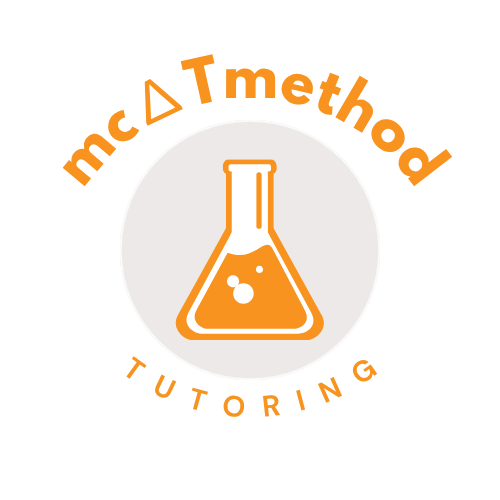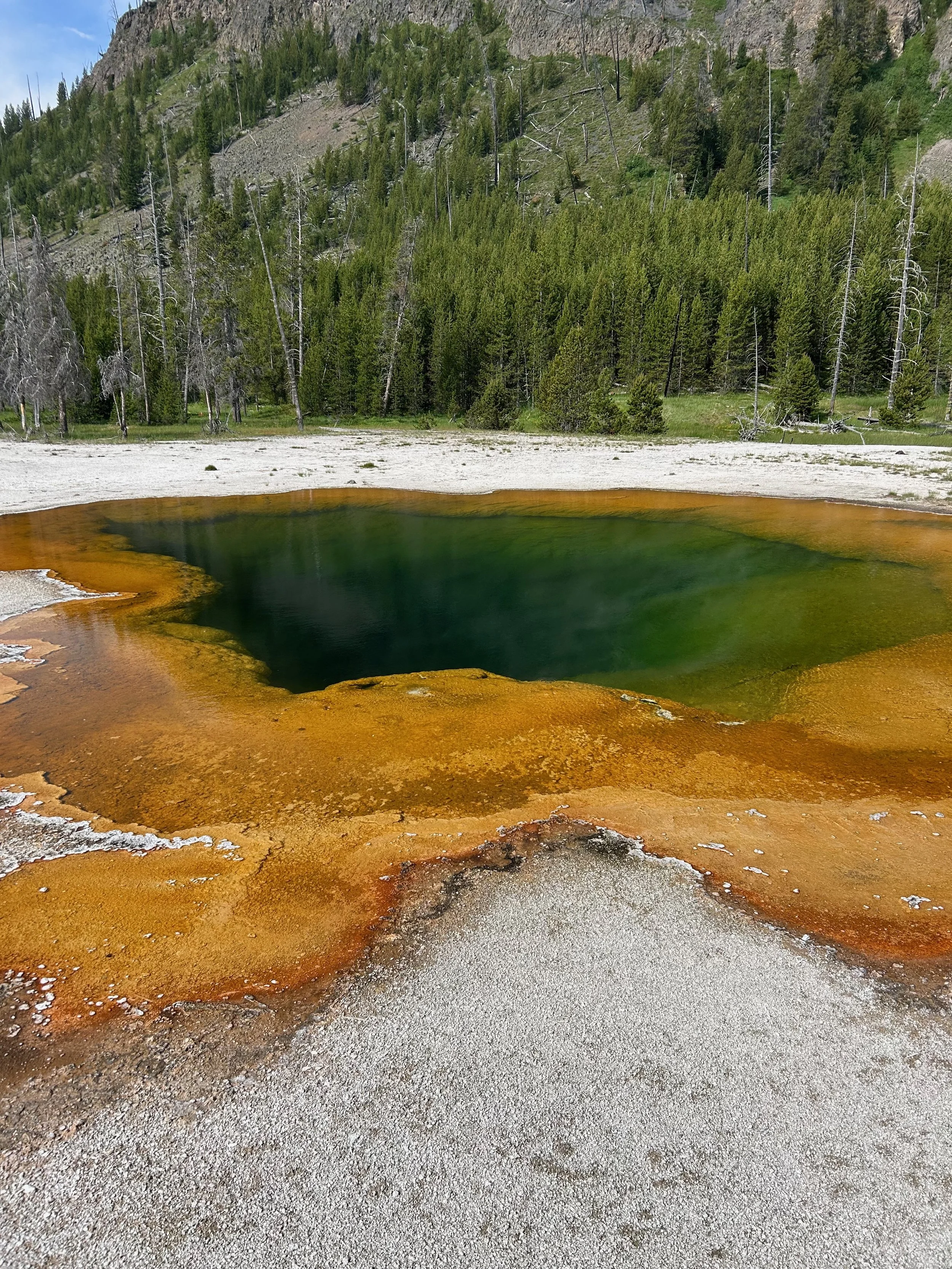mc∆Tmethod Tutoring
mc∆Tmethod tutoring was created with one goal in mind: help students enjoy and excel in challenging scientific coursework. From high school classes to the MCAT exam, mc∆Tmethod specializes in building the skills and content needed for success in physics, biology, chemistry, psychology/sociology, and biochemistry—the foundational courses for a career in healthcare or life sciences.
About Me
Hi, I’m Bayan Sabripour — a fourth-year biology student at the University of Florida and the founder of mc∆Tmethod
Since starting my academic Career at UF, my passion has been to teach others challenging but intriguing scientific concepts. I want to make it easy for everyone to understand, but more importantly enjoy the content that they learn.
The MCAT and many other exams you will experience in your academic career are standardized, which means that success isn’t about being perfect, but being efficient. Standardized tests are complicated, but learning how to take them doesn’t have to be. That’s why I created mc∆Tmethod: to help students develop affordable and personalized study strategies, master challenging concepts, and most importantly approach their exams with confidence.
Using the methods I hope to share with you, I scored a 519 on the MCAT, placing me in the 96th percentile overall, with 96-100th percentile scores in the three science sections of the exam. Additionally, I previously served as a teaching assistant in the UF Department of Chemistry for two semesters. Whether you need help with the MCAT and/or other coursework—building a study schedule, reviewing specific content areas, homework help, or sharpening your test-taking skills—I’m here to support you every step of the way!
Real World. Real Results.
According to q=mc∆T, the total heat (q) added to or lost from a material is calculated based on the measured temperature change (∆T) of the material as well as its mass (m) and specific heat capacity (c).
q=mc∆T in action: At the left, an American Alligator lays close to shore absorbing heat energy (q) from the sun, which raises its body temperature(∆T). Towards the right, vibrant colors seen in the hot springs to the result from a temperature gradient which allows different bacteria to survive at different areas of the spring. Just some reminders that the science we study is present all around us!



